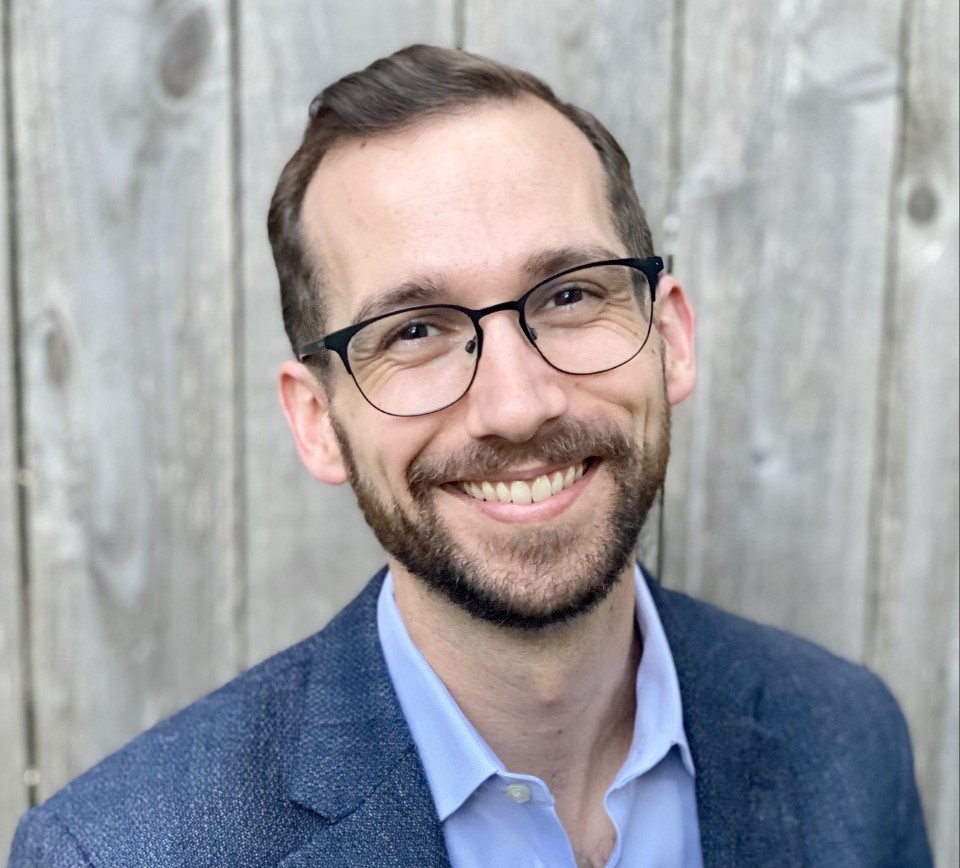Last year, the University of Virginia published a 10-year strategic plan. The first goal is to “[r]ecruit and support exceptionally talented, diverse, and service-oriented students who have the potential to live lives of purpose, impact, and service.” The goal highlights the need to support “first-generation and underrepresented students, recognizing that creating economic and social opportunities is one of the highest callings for a public university.”

UVA, along with institutions declaring similar aspirations, should aggressively recruit and admit enlisted veterans, who check every single box of this goal. While commissioned officers certainly can and do make an impact in the classroom, the focus here is on the enlisted population, most of whom do not have undergraduate degrees when separating from the military.
Veterans comprise less than half a percent of the UVA undergraduate student body. This is generally the rule at highly selective institutions, not the exception, although some are making moves in the right direction. The silver lining is that, for institutions with few enlisted veterans on campus, the marginal impact for each subsequent admit is huge. Every veteran contributing to classroom discussion, achieving success in degree programs, joining and positively influencing student groups, and earning degrees makes a disproportionate impact.
Selective institutions should not be admitting veterans just for the sake of admitting veterans; rather, they should admit members of this underserved and largely untapped talent pool because veterans add tangible value to the college community. Their admittance meaningfully advances institutional goals in diversity, equity, and inclusion.
To appreciate why and how, let’s break down UVA’s goal:
First, talent and service orientation. One doesn’t have to rely on a sense of patriotism to make the connection. Veterans have demonstrable service experience by the time they separate from the military. They have worked as part of teams to accomplish critical missions and have served causes greater than themselves. Even the challenging aspects of service can have an upside, as they can foster team-building, leadership, emotional intelligence, maturity, and perspective — qualities that should be welcome in any classroom.
Veterans transition out of the service with an array of soft skills, hard skills, and life experience that set them up for enormous post-service purpose and impact. Many veterans stay engaged as civic leaders. According to the Bureau of Labor Statistics, veterans are five times as likely as non-veterans to serve in the federal government.
Next, diversity. Enlisted service members and veterans represent a remarkably varied group. Over 60% are first-generation college students. Roughly 19% are Black or African American, 4.5% are Asian, 3.2% are multi-racial, and 1.2% are American Indian or Alaska Native. Women comprise 16.6% of the active-duty force but 32% of the student veteran population, as women are more likely than men to pursue studies post-military separation. With an active-duty force of over 1 million service members, those percentages amount to hundreds of thousands of potential applicants.
Many transitioning service members already do attend college. Every year, approximately 115,000 veterans start higher education, far too many at institutions producing degrees that will not meaningfully advance career outcomes.
Tens of thousands are enrolling in community college, which can be an outstanding step in post-service success. But, as a recent Chronicle of Higher Education review indicated, veterans are among the community college students “who are often not as well served by four-year institutions.” This statement should be a call to action — why aren’t veterans as well served by four-year institutions, and what can be done to change that?
Many veterans are excellent students. The most comprehensive analysis of student veteran undergraduate performance identified their overall persistence rate as 72%. That rate is far higher for veterans who leverage support networks and utilize vetted college-preparatory programs.
Finally, economic and social opportunity. Thanks to the skills acquired and capabilities honed during service, augmented by the work of public and private workforce development organizations, veteran unemployment is currently 20% lower than that of non-veterans. Veterans have a penchant for entrepreneurship: The Small Business Administration indicates that veterans are 45% more likely to start their own business and that 10% of small businesses are veteran-owned.
This is not an argument for specialized treatment for veterans. UVA’s strategic plan doesn’t mention veterans, and that’s completely fine. Many institutions, including UVA, are already offering key educational supports that help veterans succeed, including enhancing G.I. Bill benefits through the Yellow Ribbon Program, creating and resourcing veteran centers, and offering tailored counseling for veterans.
But until selective institutions see enlisted veterans as a key ingredient of their strategic growth goals based on principles of equity and inclusion, and as a population worth actively recruiting and admitting, these supports will continue to be underutilized.
An institution’s investment in enlisted veteran recruitment and support will pay off, if only the investment is made.
Ryan Pavel is the CEO of Warrior-Scholar Project, an enlisted Marine veteran, and a UVA Law alumnus.
More from UB








